How pain becomes chronic.
Chronic pain is when the pain persists beyond the time it takes for our body’s tissues to heal (usually pain beyond 3 months). For example, you have a paper cut, it heals after a few days, then it is no longer painful. So how do some pains continue after the injury has healed?
I’m borrowing this analogy from a patient, who is a doctor, and uses this to help his patients understand chronic pain (thanks Mo!).
Consider these two scenarios...
You’ve just scored the winning goal in the World Cup final! Pure elation! You sprint towards the fans to celebrate. Without warning you are tackled from the side by a celebrating teammate, bundled to the grass, a few more teammates pile on. You’re a bit battered but who cares, you just won the World Cup! You joke about it with your teammates while celebrating all night.
An alternative.
You’re walking home from work, it’s dark, you see someone walking behind you. It makes you nervous, you walk faster, they walk faster. Without warning you are tackled from the side, bundled to the grass, you feel more people pile on. Before you know what is happening you hear a siren and they all scatter. You’re a bit battered, but what the hell just happened?! You are still on the ground; shaking, helpless, confused, crying, angry.
These two examples of the exact same physical insult could create two very different pain responses from our brain. Pain is our body’s threat response; it is there to let us know we are in danger. The difference in the amount of danger in these two scenarios is easy to see, but we don’t get a comparison like this when we have an injury. If you only look at the second scenario, it is certainly enough to cause physical injury, but the reason the pain didn’t disappear as the injury healed is a result of the context of the injury.
Understanding the context around why your pain has persisted is incredibly helpful on your path to recovery, as is regaining confidence in your body by building strength in a safe and pain free setting.
Physio & Pilates are fantastic ways to get you moving in a safe, non-painful way. Helping your brain’s protective systems realise these movements are not dangerous is a huge first step, you’re on the road to recovery!
If you need help understanding and managing your chronic pain, give us a call 🙂


